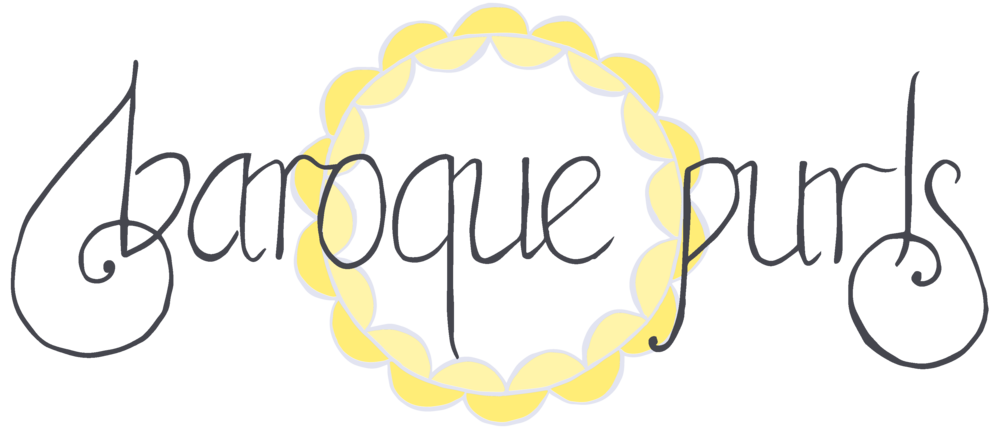Sometimes a knit or crochet scarf could do with a little something extra, and a classic fringe is an easy addition which suits many different styles of scarf, wrap, or shawl. The method I’m going to take you through below involves making ring hitch knots with a crochet hook, which I’m demonstrating on my cabled Melisma Scarf. This is a simple and secure method with plenty of options for customisation.
Read MoreHow I block my hats
If you want your newly-knitted hat to look its best, I really recommend taking the time to finish your hat by blocking it, especially if you’ve used lace stitches or colourwork. You’ll be able to tidy up uneven stitches (at least to a certain degree) and open up a lace or mosaic pattern.
Read MoreHow to work twisted decreases
The lace stitches used in my Beanstalk Hat and Ensata Hat are mostly familiar ones: yarn-overs, k2tog and ssk, and knitting through the back loop (k-tbl) for added texture. But when you get to the crown of the hat, twisted decreases are thrown into the mix. You’ll find the motions familiar when working the twisted versions of k2tog, ssk, and k3tog - the big difference is that the stitch which ends up on top needs to be re-oriented so that it will twist the same way as a k-tbl stitch.
Read MoreHow to work mini-bobbles
When I came up with the idea for my Xerophyte Shawl (you can read about its inspiration here), I wanted to include bobbles at intervals in the stockinette fabric - but working hundreds of full-sized bobbles was more effort than I was honestly prepared to make. And so I was very happy to come across Sarah Wilson’s article for Interweave, 5 Ways to Work a Bobble, which includes a method for making mini-bobbles using a wrapped-stitch method sometimes known as the Estonian Button Stitch. This method has the advantage of producing a small, flattish bobble without needing to turn your work, and is much faster than any other bobble method I’ve tried.
Read MoreHow to knit marlisle colourwork in the round
My Oil Paint Cowl showcases a type of colourwork knitting that’s similar to stranded knitting (or fairisle), but has some unique properties of its own. In ‘marlisle’ colourwork, the foreground pattern is stranded in the usual way, but the background is marled, i.e. it’s worked with both colours of yarn held together.
Read More